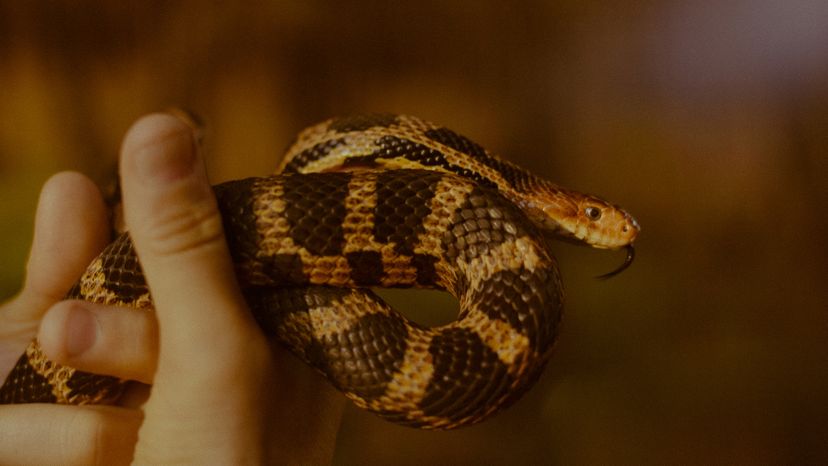
When man feels the call of the wild he can do some pretty mind-blowing things—climbing mountains, catching massive waves off the Great Barrier Reef, and living off the land. However, there’s a difference between embracing nature and taking wild animals on as domestic pets. Since the early 1970s, the U.S. has restricted the commercial importing of endangered species for good reason.
Here are a few examples of why the perilous attraction of owning an exotic pet can be a boneheaded, selfish decision…
Advertisement